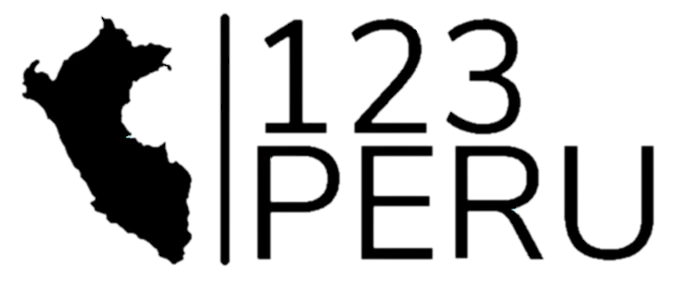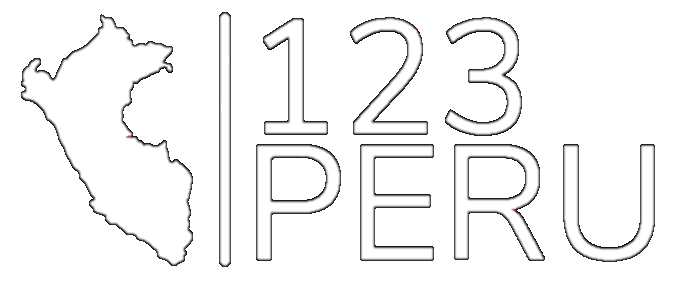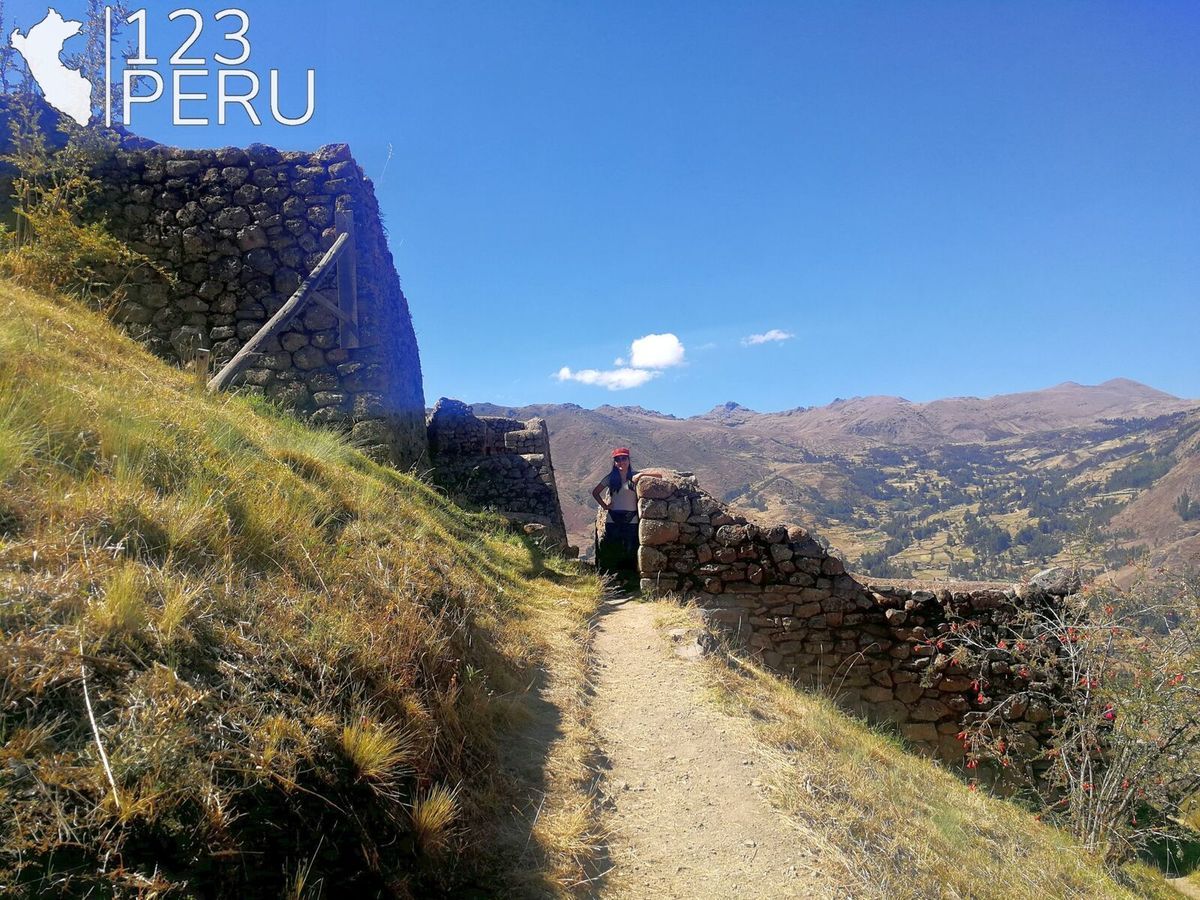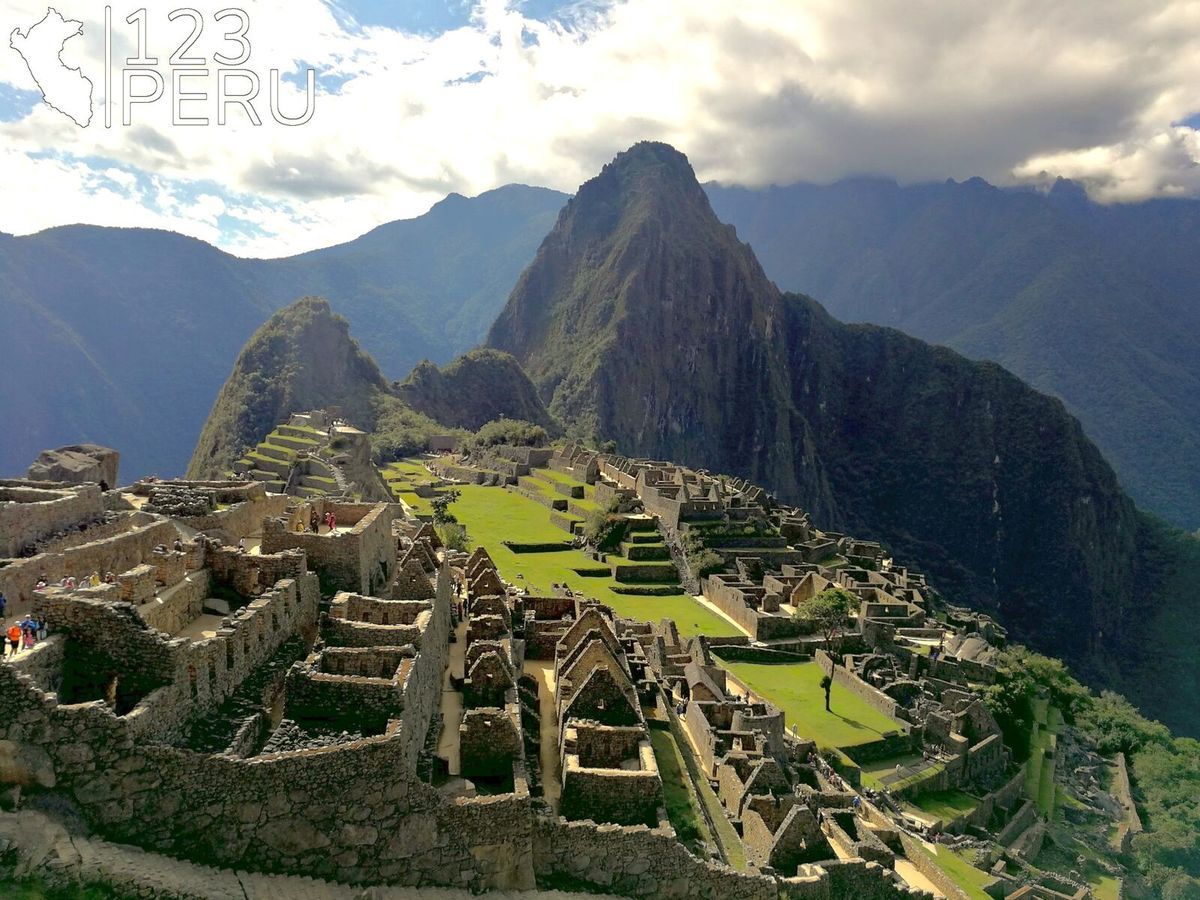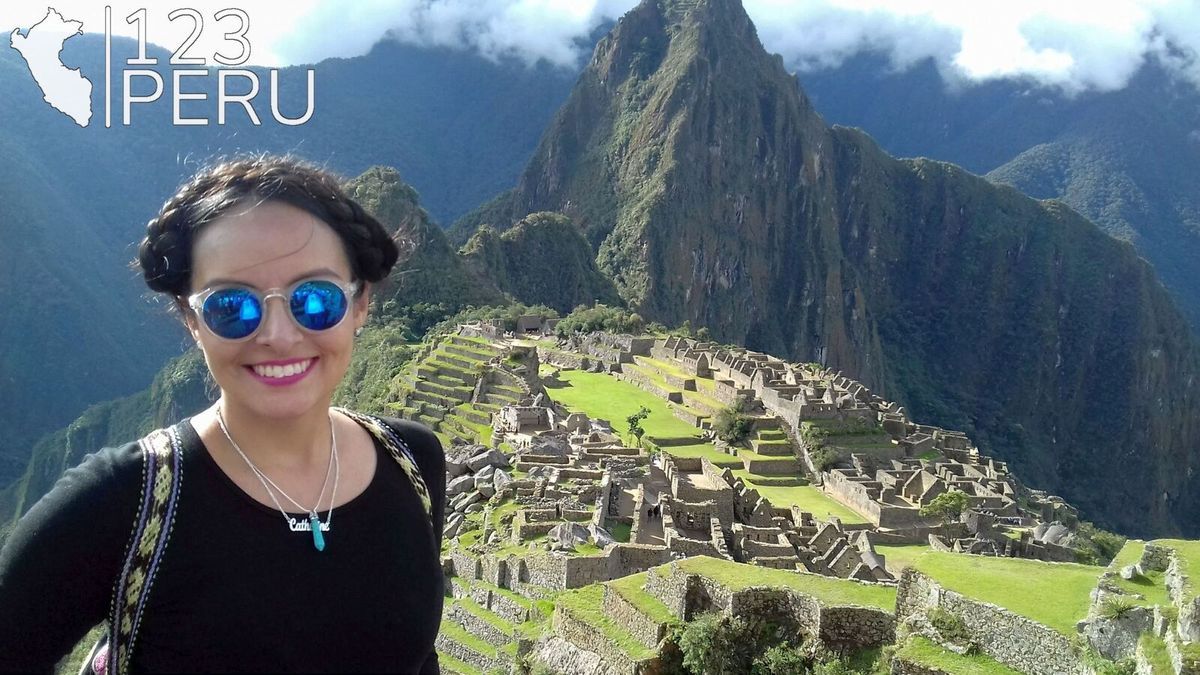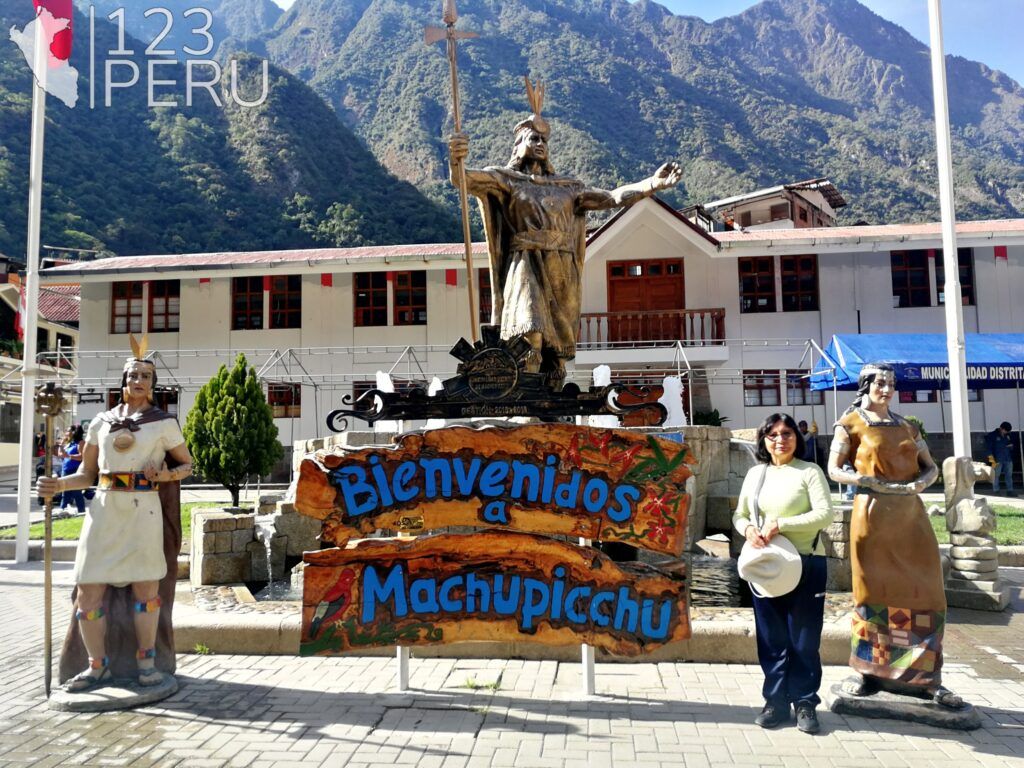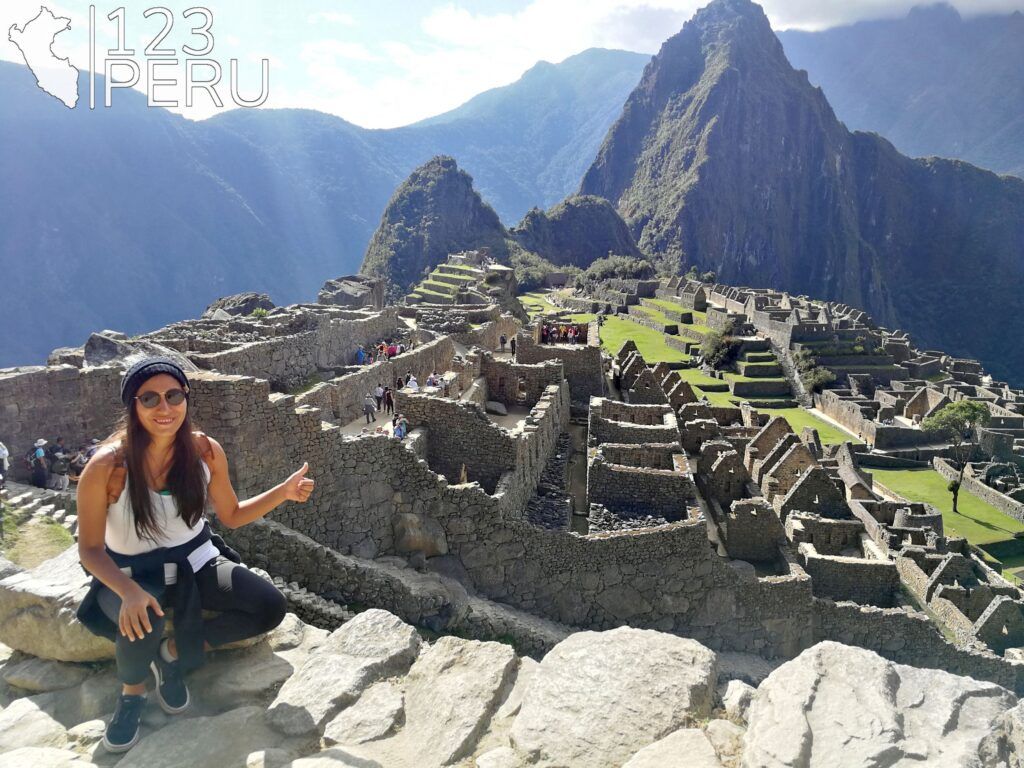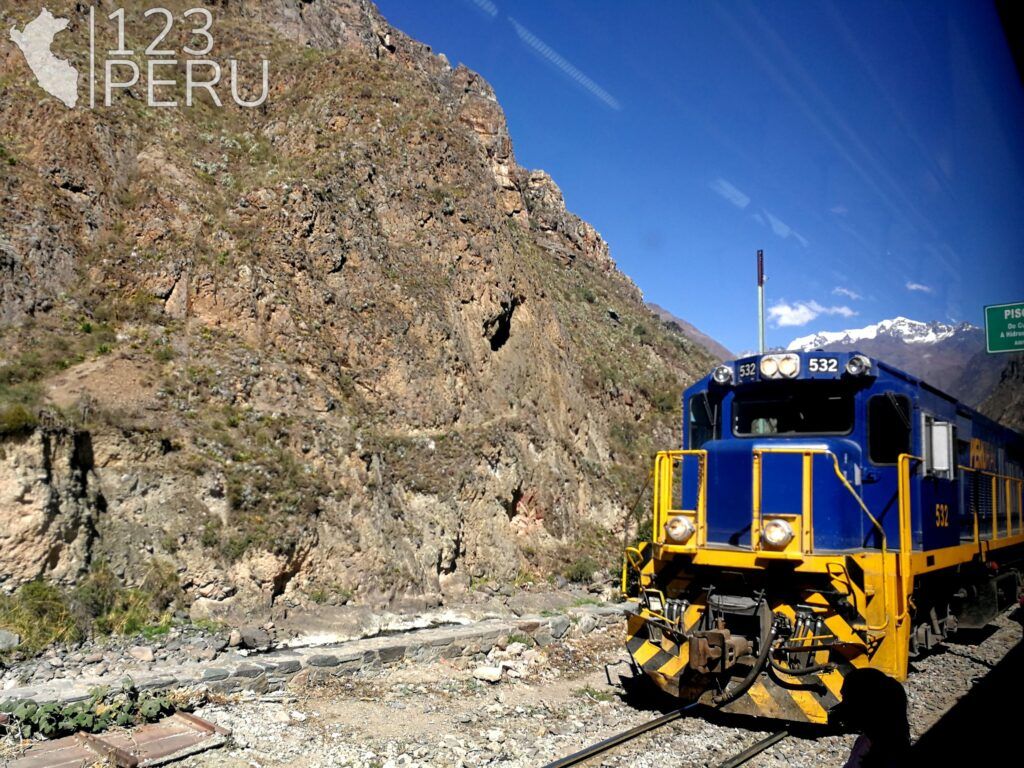Guide 2024: How to get to Machu Picchu?
There are several ways to get to Machu Picchu. For you to choose the way that best suits your interests in this article I will explain: the budget, the views and the experiences you will have in each of them.
First of all, you should know that to get to Machu Picchu you must first reach the city of Cusco, so this destination is your obligatory stop, from that city you leave to the citadel of Machu Picchu. In this article we will show you the 5 ways to get there:
By car
Once in the city of Cusco, you can take your car or rent one, to go to the Hydroelectric Station, in this station you can pay parking for your vehicle for a reasonable price, approximately between S/. 5 to 10 soles (USD 2 to 3 dollars) per hour. I suggest you take this route during the Dry Season (April to October) since, as part of this road is not paved, traveling it during the Rainy Season (November to March) could be risky causing traffic jams or accidents. We suggest that you travel with a vehicle suitable for areas with trails.
The stretch, from the city of Cusco to the Hydroelectric Station, is approximately 214 km and can take between 5 to 6 hours, depending on your agility for driving.
Once at the Hydroelectric Station you will have 2 options to get to Aguas Calientes or Machu Picchu Pueblo:
If you are a foreigner click Here, for more information.
If you are Peruvian click Here, for more information.
Bus
From the city of Cusco, hire a bus through a tourist agency to take you directly to the Hydroelectric station, the trip takes approximately 6 hours and the price ranges from S/. 60 to 100 soles ( USD 17 to 27 dollars) per person. You can also hire a bus back to the city of Cusco from the Hydroelectric Station with the same tourist agency.
Suggestion: take this route in the dry season (from April to October) because, as part of this road is not paved, travel it in the rainy season (November to March) would be a bit risky because the rain removes the soil and you can get stuck or have accidents.
Note: the land route ends at the Hydroelectric station, there is no way to get by bus or car to Machu Picchu Pueblo or Aguas Calientes.
For more information I leave you these links:
For Peruvians or foreign residents: The cheapest way to get to the Citadel of Machu Picchu after the local train
For foreign tourists: Are you a foreigner and want to travel to Machu Picchu on a budget? This is the option for you
By local train
This option is very popular and definitely the most economical, but unfortunately it is not an option for everyone, as only Peruvians, local Cusqueños and foreign residents with a foreigner’s ID card can use the local train.
I leave you this complete guide with all the information you will need to take the local train: Guide 2023: How to get to Machu Picchu by local train? Only for Peruvians or foreign residents.
By tourist train
The train to Machu Picchu is one of the most used means by foreign travelers, but that does not mean that Peruvians cannot take this option because it is open to all those who wish to travel by tourist train. Before starting with the explanation you should know that there are 2 train companies in Peru that go from the city of Cusco to Machu Picchu Pueblo (Aguas Calientes) and vice versa, these companies are: Peru Rail and Inca Rail.
Regardless of the train company you choose, traveling by train to Machu Picchu is a unique experience for travelers who visit the Citadel of Machu Picchu for the first time, because on the way you have the privilege of seeing the beautiful landscapes of the Peruvian geography, you will appreciate the path of the journey from the Sierra to the Jungle (remember that Machu Picchu is located between the mountains of the Peruvian highlands and jungle), the fauna and flora of southern Peru and much more. But, as everything good also has bad, one of the disadvantages of this route is that the stretch is very short (1 hour and 45 minutes) and the price is high, but well, take or not the train route is the decision of each one. Here is the information:
PERURAIL
PERURAIL is one of the most requested train companies by travelers and its trains are very exclusive and luxurious . This company has 4 types of trains that depart from the city of Cusco to Machu Picchu Pueblo (Aguas Calientes) and vice versa, which provide different services and amenities, here I show them to you:
The Hiram Bingham train. To Belmond
This train is the most luxurious of all and it has a dining car, a bar car and an observatory car, in which you can appreciate the view of the journey in the open air with a Peruvian cocktail in hand and enjoying the local shows with live music, also has gourmet lunch in three tempos.
They also sell Peruvian handicrafts on board and the service is in English and Spanish. And the most important thing is that it includes the entrance ticket to Machu Picchu, the tour guide and transfer to travelers to hotels in the center of Cusco.
The average cost is S/. 1900 soles / USD 480 dollars. This price is per person and consists of the payment for the round trip.
The PeruRail Vistadome Observatory Train
This train has windows with panoramic views and an observatory car, where you can observe the landscapes outdoors, they also offer music shows and Peruvian dances and includes snacks, in addition, they provide an audio explanation of the routes in English and Spanish.
The average cost is S/. 380 Soles / USD 100 dollars. The price is per person and consists only of the payment of one way (round trip), but for an additional cost you can add other services, such as entrance and guide to the Citadel of Machu Picchu and transfer to your hotel.
The PeruRail Vistadome train
This train has windows on the roof with panoramic views of the landscapes and also offers dance shows and Peruvian music, snacks are included in the routes and the service is in English and Spanish. Unlike the previous train, this one does not have an open-air observatory car.
The average cost is S/. 330 Soles / USD 85 dollars. The price is per person and per way (round trip), but for an additional cost you can add other services, such as entrance and guide to the Machu Picchu Citadel, transfer to your hotel and more.
The Expedition Train
This train is the most economical and offers basic amenities, on board sales service and service is in English and Spanish, they also give you an audio with tourist information in English and Spanish.
The average cost is S/. 230 Soles / USD 60 dollars. The price is per person and per way (round trip), but for an additional cost you can add other services, such as entrance and guide to the Machu Picchu Citadel, transfer to your hotel and more.
What are the luggage conditions on PeruRail trains?
On all PeruRail trains the luggage conditions are as follows:
Weight 5 KG or 11 pounds, Size 167 cm (height + length + width)
How is the bimodal service in Peru Rail?
For Peru Rail trains, the bimodal service consists of 2 modes of service: bus and train. From the Wanchaq train station (which is located 10 minutes from the Plaza de Armas in Cusco), travelers board a bus to the Ollantaytambo train station (the trip takes approximately 1 hour and 30 minutes), where they will transfer to the type of train you chose to Aguas Calientes (Machu Picchu Pueblo), the trip takes approximately 1 hour and 30 minutes and the return is the same route, but in reverse.
On the other hand, for the Hiram Bingham trains . To Belmond, the bimodal service starts from the Wanchaq train station (which is located 10 minutes from the Plaza de Armas of Cusco), travelers board a bus to the train station of Rio Sagrado, to Belmond Hotel, the trip takes approximately 2 hours, then travelers transfer to the train to Aguas Calientes (Machu Picchu Pueblo), the trip takes approximately 1 hour and 10 minutes and the return is the same route, but in reverse.
INCARAIL
Inca Rail is a luxury train company with private car service. In this article we will show you the 5 types of trains that depart from Cusco City to Machu Picchu Pueblo (Aguas Calientes) and vice versa.
The Private train
This train gives you the option to travel in a private carriage. A good option if you enjoy privacy on a trip. You can enjoy the large windows through which you will appreciate the scenery, they also have an outdoor balcony so you can appreciate nature, they also offer local shows with live music.
You receive a welcome champagne and a pisco sour per adult, also, they have free bar service with premium drinks and gourmet menu and even take you and all your companions in a private Consettur bus from Machu Picchu town (Aguas Calientes) to the Machu Picchu Citadel.
This service is for 8 people maximum and the average cost is S/. 41 000 Soles / USD 11 000 dollars, for the round trip.
The First Class train
This train has an Observatory-Lounge where you can enjoy the most incredible landscapes, it also has an outdoor balcony to appreciate nature, local shows with live music, free bar service with premium drinks, gourmet menu and a Peruvian welcome cocktail.
In addition, this train service includes the Consettur bus from Machu Picchu Pueblo (Aguas Calientes) to the Machu Picchu Citadel, the entrance ticket to the citadel and the tour guide.
The average cost is S/. 1 500 Soles / USD 400 per person per way (one way or return).
Note: consulting with Inca Rail staff, I was told that this service is only available a few times a year, especially in the high seasons (November to April).
The Voyager Premium & Loung train
This train has an Observatory-Lounge where you can enjoy the most incredible landscapes with a glass of wine in your hand or a Pisco Sour and, not only that, it also has an outdoor balcony to appreciate nature, local shows with live music and also includes snacks and drinks on board.
The average cost is S/. 380 soles / USD 100 dollars per person per way (round trip), but for an additional cost you can add other services, such as entrance to the Citadel of Machu Picchu, transfer to your hotel, tour guide in the Citadel and so on.
The 360° train
This train has a great view of the outside as it has panoramic windows and an open-air observatory car to observe the nature and landscapes of the journey to Machu Picchu Pueblo (Aguas Calientes), also includes snacks and drinks on board.
The average cost is S/. 355 soles / USD 95 per person per way (round trip), but for an additional cost you can add other services, such as entrance to the Citadel of Machu Picchu, transfer to your hotel, tour guide at the Citadel and more.
The Vayager train
This is, without a doubt, the most economical of the train services offered by Inca Rail. This train offers large windows to observe the nature and landscapes of the journey to Machu Picchu Pueblo (Aguas Calientes), they sell snacks and drinks on board.
The average cost is S/. 318 soles / USD 80 per person per way (round trip), but for an additional cost you can add other services, such as entrance to the Citadel of Machu Picchu, transfer to your hotel, tour guide at the Citadel and more.
What are the luggage conditions on IncaRail trains?
On all IncaRail trains the luggage conditions are as follows:
Weight 8 KG or 17 pounds, Size 118 cm (height + length + width).
How is the bimodal service on Inca Rail?
The Inca Rail bimodal service consists of 2 modes of service: bus and train, the journey will begin in an exclusive bus at Av. Del Sol 843, Cusco (near the Plaza de Armas of Cusco), which will take travelers to the train station in Ollantaytambo, the journey time is approximately 1 hour and 30 minutes. At Ollantaytambo station you will board the type of train you chose for your trip to Machu Picchu Pueblo (Aguas Calientes) train station, the journey time is approximately 1 hour and 30 minutes and the return is the same route, but in reverse.
What are the train stations in Cusco?
Peru Rail and Inca Rail have trains in all stations. Here are the stations, according to their proximity to Cusco’s Main Square:
San Pedro Station: 10 minutes
Wánchaq Station: 10 minutes
Poroy Station: 20 minutes
Ollantaytambo Station: 1hr 30min. (with more departure times and train services).
How long does the train ride take?
The trip to Machu Picchu Pueblo (Aguas Calientes) station takes from 1 hour 30 minutes, depending on where you take the train. The closest station to Machu Picchu Pueblo station is Ollantaytambo station.
Where can I buy my tourist train tickets?
You can buy your tickets on the Peru Rail and Inca Rail websites. Here are the official websites:
Pages in English:
IncaRail: https://incarail.com/en/
PeruRail: PERURAIL – Machu Picchu awaits for you!
Spanish pages:
IncaRail: https://incarail.com/es/
PeruRail: PERURAIL – Machu Picchu awaits for you!
You can also buy your tickets in person at the following points of sale:
Lima: Larcomar Shopping Center, Jorge Chavez International Airport and Plaza Norte Shopping Center.
Cusco: Alejandro Velasco Astete International Airport, Plaza de Armas de Cusco, Plaza Regocijo and El Sol Avenue.
Travel tips: before buying a ticket for the tourist train
- Buy your tourist train tickets 1 or 2 months in advance, since the schedules are easily sold out, especially those of the morning shift.
- Before buying your tourist train tickets, I suggest you check first the availability of the entrance tickets to the Machu Picchu Citadel. Buy both tickets well in advance.
- Leave a margin of more than 1 hour between the arrival of your tourist train to Machu Picchu Pueblo (Aguas Calientes) and the beginning of your entrance time to the Machu Picchu Citadel, so that you have enough time to get to the entrance gate of the citadel. Remember that at your entrance to the citadel you have a specific entrance time – not reprogrammable.
- To buy your tickets either in person or online, have your national identity card or passport at hand.
What is the difference between Peru Rail and Inca Rail trains?
Remember that these two companies, PeruRail and IncaRail, provide luxury and tourist train transfer services from the city of Cusco to Aguas Calientes or Machu Picchu Pueblo and vice versa. The most outstanding differences and that, suddenly, will motivate you to choose one or the other option, is that Peru Rail has more departure frequency compared to IncaRail, so you will find more train schedules in PeruRail.
On the other hand, Inca Rail has more modern and luxury cars positioning itself as the most luxurious train company in Peru, although PeruRail is on its heels, IncaRail is ahead. But, both IncaRail and PeruRail have standard trains.
In both companies you will find different prices for all tourist pockets. Although the most economical company is definitely PeruRail, a company that also provides the popular local train service.
